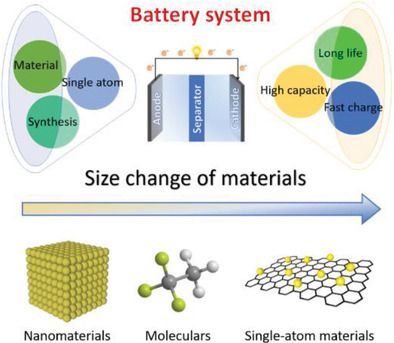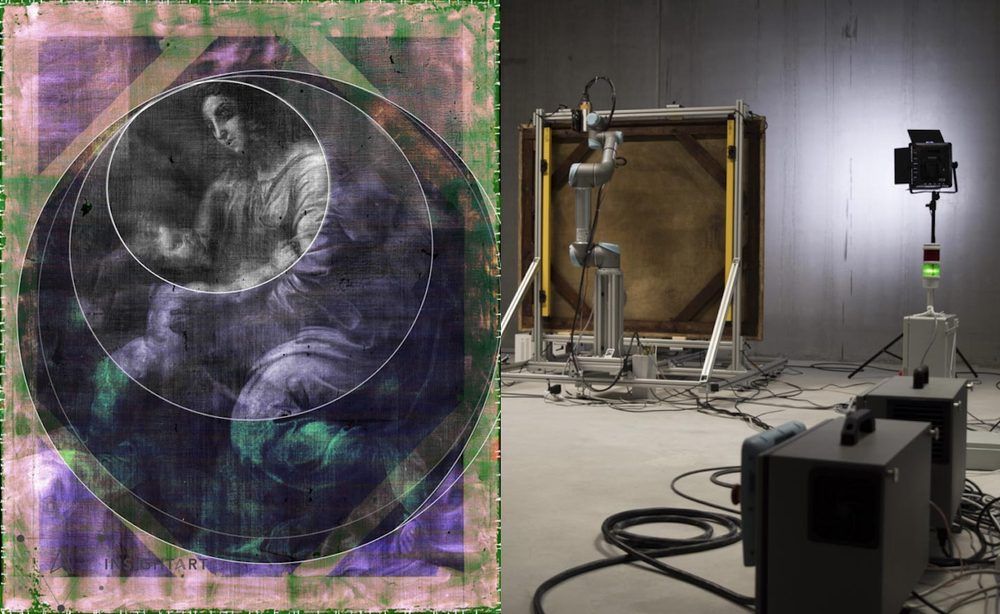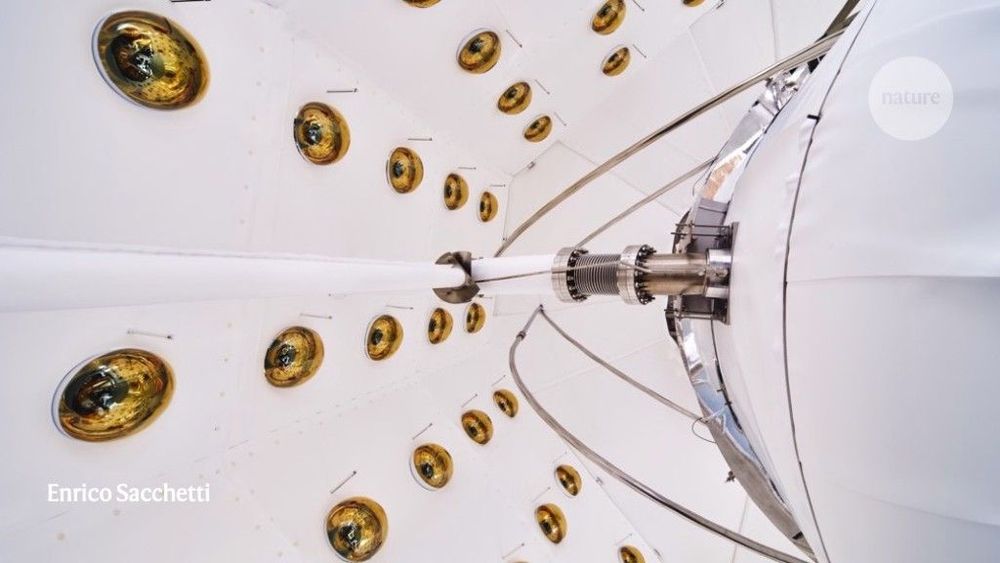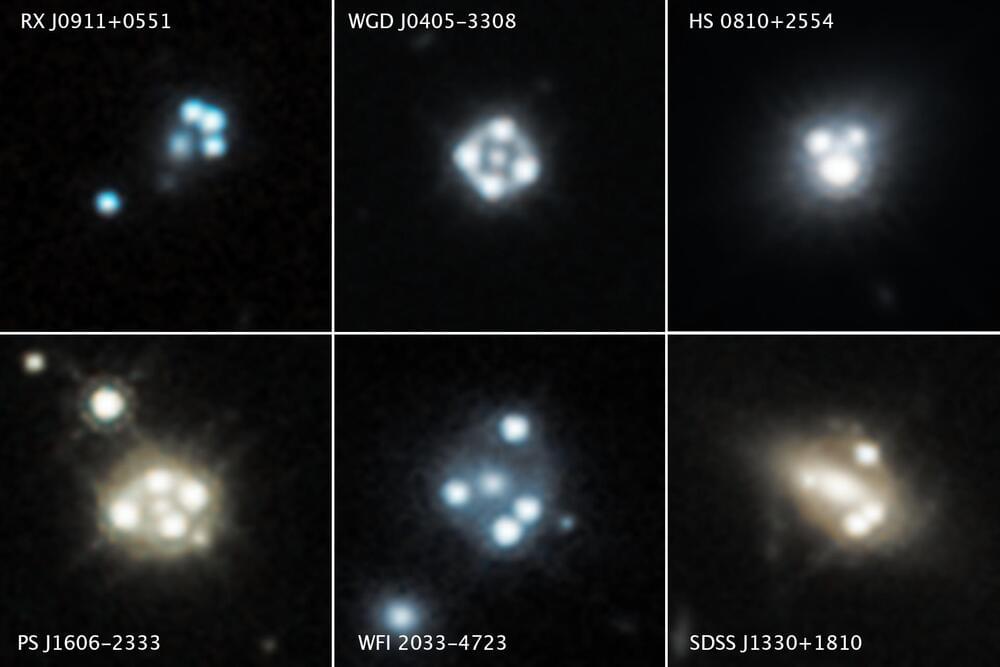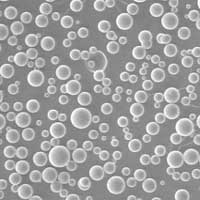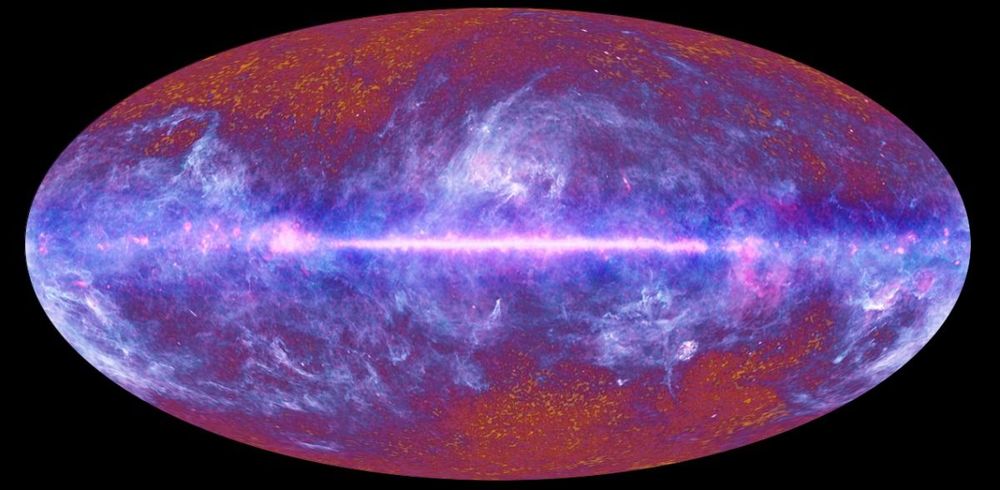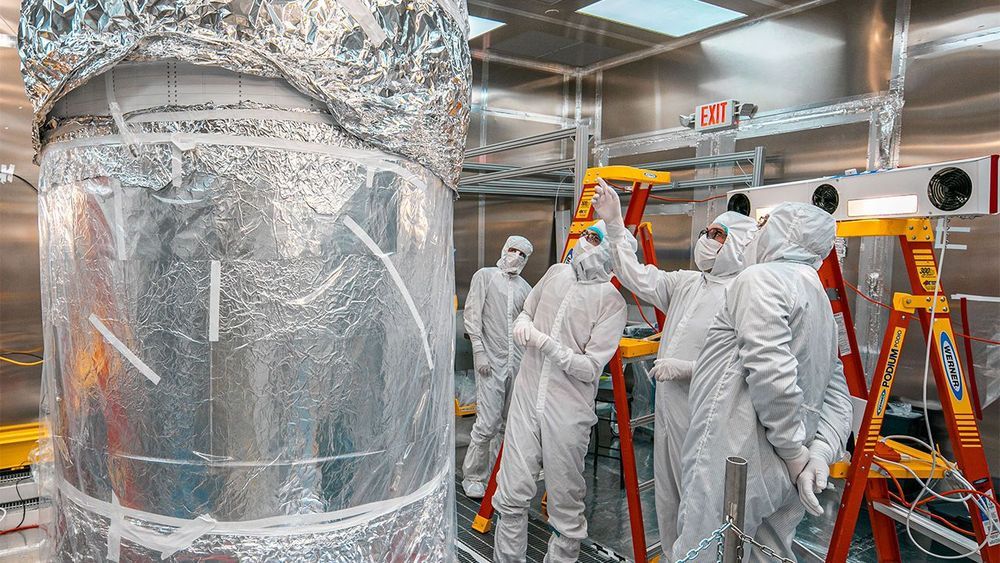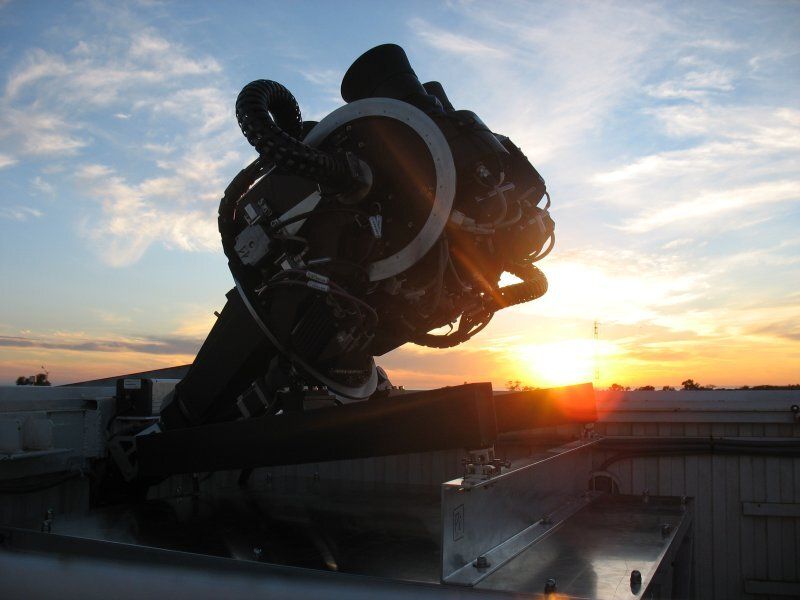
Strangelets, and specifically nuclearites, their heavy species, are very dense, compact and potentially fast objects made of large and roughly equal numbers of up, down and strange quarks, which may inhabit the universe. Their existence was first hypothesized by Edward Witten back in 1984. These objects have never been detected before and have so far attracted less attention than meteors, perhaps due to their lack of relevance in particle physics.
At the end of 1984, theoretical physicists Alvaro De Rujula and Sheldon Lee Glashow introduced the idea that, when crossing the Earth’s atmosphere, nuclearites produce light in a similar way to meteors, losing very little of their energy in the process. If their prediction is right, teams working at meteor observatories should be able to confirm whether these objects exist or not. So far, however, very few researchers have conducted studies investigating this possibility.
A different cosmic phenomenon rooted in particle physics, known as ultra-high energy cosmic rayssome of the same theorized characteristics of nuclearites. These cosmic rays, in fact, also produce trails of light in the atmosphere, although they do this via a different physical process. In addition, they move much faster than nuclearities and are usually observed in the ultraviolet (UV) band.
